If you are in the middle of new zealand travel planning, this guide is written for you. As someone who works every day helping travelers get their New Zealand trips right, I have boiled down the 12 most common mistakes I see into clear, actionable advice. Follow these pointers and you will save time, money and the frustration that can creep into even the best-laid plans. This is practical new zealand travel planning—no fluff, just things you should know and do differently.
Quick overview: We will cover money and payment tips, arrival and transport advice, packing and vehicle choices, itinerary and booking strategies, travel documentation, local customs like tipping, where to buy authentic souvenirs, and how to prepare for New Zealand weather. Each section is aimed at helping your new zealand travel planning be smooth from arrival to departure.
1. Money and Cash: Bring Very Little Physical Currency
One of the first lessons in practical new zealand travel planning is to avoid hauling large amounts of foreign banknotes to New Zealand. Most banks in New Zealand will not accept foreign banknotes for exchange, so the only reliable places to convert cash are the international airport exchange kiosks. These exist, but they are not everywhere and their rates can be expensive.
What to do instead? Bring a small amount of local currency or master cards for immediate expenses like a taxi or public transport from the airport, but keep this minimal. For almost everything in New Zealand you can use a debit or credit card. Supermarkets, petrol stations, cafes, and even many market stalls accept card or contactless payments. Planning your money in this way is one of the cornerstone rules of smart new zealand travel planning.
Use a travel-friendly card
If you want to minimize conversion fees and get close to mid-market exchange rates, consider a multi-currency card such as Wise. Cards like this let you hold or convert currencies at better rates than airport kiosks and many bank foreign exchange services. Mentioned often in new zealand travel planning advice, a Wise card can reduce hidden costs that accumulate over a two-week trip.
Do not convert New Zealand dollars at home. Your local bank or currency exchange often gives poor rates and tacks on fees. Convert only small emergency amounts before leaving, and rely on card payments and ATM withdrawals once you arrive.
2. Arrival: Do Not Drive After a Long-Haul Flight
One of the most common problems in new zealand travel planning is people renting a car or motorhome straight after a long international flight. You will likely be tired, disoriented from jet lag, and adjusting to driving on the left side of the road. That combination is a recipe for mistakes.
My recommendation: take a taxi, rideshare, or airport transfer to your first night’s accommodation and pick up your vehicle the following morning when you are fresh. This small change in new zealand travel planning reduces stress and greatly lowers the risk of accidents or bad decisions on your first day.
3. Sun Safety: The New Zealand Sun Is Strong
If your new zealand travel planning puts you here between November and March, remember that the sun in the Southern Hemisphere hits harder than many people expect. A classic mistake is to arrive and do a harbour sail or a long day in the sun on day one. That can lead to severe sunburn which ruins the start of your holiday.
Ease into time outdoors: wear broad-spectrum sunscreen, a wide-brimmed hat, and lightweight long sleeves if you are prone to burning. For new zealand travel planning, factor in at least a gentle first day if you have crossed multiple time zones. Sunburn affects your energy and enjoyment of tours and hikes, and can turn a dream trip into a string of recovery days.
4. Packing: Less Luggage, More Mobility
One of the best tips for effective new zealand travel planning is to pack light. Many accommodations, especially in popular tourist regions, have laundry facilities—either small guest laundries or full-service laundry. Rather than bringing a heavy suitcase for a two-week trip, plan to do laundry on the road.
Light packing makes driving easier, helps you fit more comfortably in rental cars, and reduces the stress of moving between short stays. If you plan active days or walks, smaller bags are also easier to stow safely when you need to leave belongings in a vehicle or in lockers. For those thinking about new zealand travel planning in earnest, a light, layered wardrobe and a laundry plan are essential.
Packing checklist highlights
- Layering clothes for variable weather
- Compact rain jacket and waterproof shell
- Sunscreen and a hat
- Comfortable walking shoes and a pair of sandals
- Adapter for electronics and a portable charger
5. Rental Vehicles: Choose Engine Power Over Size Alone
When it comes to new zealand travel planning and vehicles, travelers often make the mistake of choosing the smallest rental car to save a few dollars. New Zealand’s terrain includes long rolling hills and sometimes steep climbs. If you have passengers and luggage, a small economy car can struggle on uphill stretches and when overtaking slower traffic like trucks or motorhomes.
For practical driving and better overtaking ability, go at least mid-size. Engine grunt matters when you want to keep up with traffic or overtake safely on two-lane roads. Choosing a slightly larger, more powerful car is a small extra cost that can make a major difference to your comfort and safety during new zealand travel planning.
6. Itinerary Design: Do Less, Enjoy More
In decades of advising travelers, the single biggest planning error I see is cramming too many destinations into too short a timeframe. Travelers think ticking off many places will maximize their experience, but the reality is the opposite. Spending too much time in transit and too little time in each place leaves you exhausted and feeling like you saw little of substance.
My golden rule for new zealand travel planning: stay at least two nights in key locations. Two nights gives you the ability to explore the area without rushing, take a half-day tour, and have a backup day in case of weather or road delays. If you can, three nights at particularly scenic places allows for hikes, local experiences, and downtime.
When to consider a domestic flight
If your schedule is tight, use domestic flights to cover larger distances—particularly between the North and South Islands. Flying between the islands can turn a stressful multi-day drive into a comfortable two-hour transfer, freeing you to enjoy the places you visit rather than spending your holiday on the road. Domestic flight planning is an important tool in any reasonable new zealand travel planning scheme.
7. Booking Strategy: Peak Season Demands Pre-Booking
One principle in efficient new zealand travel planning is to never “wing it” during peak season. Between November and March, many accommodations, popular tours, and essential services get booked out well in advance. If there is a specific activity you have dreamed of—Fiordland cruises, Hobbiton tours, or heli-hikes—book them early.
Pre-booking reduces stress and prevents the disappointment of finding no availability mid-trip. This is especially true for motorhome parks and unique lodges. While off-season travel allows for more spontaneity, if your new zealand travel planning centers around the busy months, secure your must-do items early.
8. Documents: Passports, Visas and Driving Licenses
Before any travel, and particularly during careful new zealand travel planning, double-check your passport expiry, visa requirements, and driving license validity. New Zealand requires visitors to have valid travel authorization—Electronic Travel Authority (ETA) or a visa depending on nationality—before arrival. Airlines will refuse boarding if your paperwork is incomplete.
Also verify that your national driving license is valid for driving in New Zealand. Some countries require an international driving permit in addition to your license. Confirm rules for your nationality and print or save digital copies of confirmations for ETAs or visas. A simple check while doing your new zealand travel planning can prevent humiliating and expensive problems at the airport.
9. Tipping and Local Customs
Expect cultural differences. In New Zealand there is no established tipping culture. Unlike some countries where tipping is assumed, leaving a preset percentage on bills is not expected here. Good service is appreciated and if you want to leave a tip for exceptional service you can, but you are not obliged.
Understanding this nuance is part of responsible new zealand travel planning. Carry yourself accordingly and do not feel pressured to add mandatory gratuities. If you want to reward someone for great service—such as a private guide, or a server who went above and beyond—a small cash tip will always be appreciated.
10. Buying Souvenirs: Look Beyond Tourist Hubs
One practical money tip in new zealand travel planning is to avoid buying souvenirs in the main tourist hotspots. High foot traffic areas typically mark up prices and often carry imported or mass-produced items packaged as local. For authentic, better-priced New Zealand-made products, explore smaller towns and local craft shops.
A classic example is wool products. New Zealand is famous for quality wool, and items such as scarves, throws, or hand-knit goods are often better sourced in regional towns. An example many travelers cherish is the terrace wool shop near Wanaka, where product quality and local stories add value. Buying local not only supports communities but often gives you a more meaningful and affordable souvenir.
11. Weather: Prepare for Rapid Changes
One of the most important safety aspects of new zealand travel planning is understanding the weather. Conditions can change quickly, especially in mountainous and coastal regions. One bright morning may turn to rain and wind by noon. A reliable rain jacket, warm mid-layers, and quick-drying base layers should be a constant in your packing list.
When planning walks and hikes, check local forecasts, weather apps, or visitor center advice before setting out. For alpine walks, add thermal layers and a windproof shell. Dressing in layers is a central tenet of sensible new zealand travel planning: it lets you adapt to rapid changes while staying comfortable and safe.
12. Final Checklist for Stress-Free New Zealand Travel Planning
Here is a compact checklist to run through before you leave:
- Confirm ETA or visa and passport expiry dates
- Ensure your driving license is valid for New Zealand; get an international permit if required
- Book accommodation and key tours for peak season
- Bring minimal foreign cash; plan to pay by card or use a travel card like Wise
- Plan not to drive immediately after a long-haul arrival
- Pack light and plan for laundry along the route
- Choose a slightly larger rental car for engine power if you will be in hilly areas
- Stay longer in fewer locations; use domestic flights if time-poor
- Respect local tipping customs
- Buy authentic souvenirs in smaller towns
- Pack for variable weather with layers and a good rain jacket
Planning tips that save time and money
As part of your new zealand travel planning, prioritize the experiences that matter to you most and secure those first. For example, if a Milford Sound cruise, glacier walk, or wildlife tour is central to your trip, book it early. Similarly, consider travel insurance that covers weather-related cancellations and vehicle incidents—this gives you peace of mind and often pays off in a region where weather can alter plans quickly.
Use local advice. Visitor centers are full of up-to-date information about current trail conditions, local events, and short-notice tour openings. Including a stop at a visitor center in your new zealand travel planning can reveal hidden gems and last-minute opportunities.
Common scenarios and how to handle them
Below are typical travel scenarios I encounter as part of new zealand travel planning and how to handle them effectively.
Scenario 1: You arrive late and want to drive to your first stop
Solution: Book a night near the airport and pick up your vehicle in the morning. The benefit is immediate rest and a fresh start. Driving on unset roads and unfamiliar left-side driving at night increases risk.
Scenario 2: Everything is booked in peak season
Solution: Revisit your must-do list. Can you shift dates by a day or two to secure a key tour or swap a town for a nearby, less busy alternative? Use domestic flights if your schedule is tight. Adjusting your itinerary is a normal part of pragmatic new zealand travel planning.
Scenario 3: The weather turns bad for an outdoor activity
Solution: Have backup activities and always check refund or rescheduling policies. For essential hikes, consult local guides and visitor centers for safety updates. Packing layers and waterproof gear reduces the likelihood of an activity being ruined by a sudden shower.
Final thoughts: Make new zealand travel planning simple
New Zealand is incredibly rewarding but it demands a little thought to do well. Good new zealand travel planning focuses on sensible money choices, smart timing for bookings, thoughtful packing, appropriate vehicle selection, and acceptance that weather and logistics may require flexibility. These 12 essentials reflect the mistakes I see most often and the simple fixes you can apply immediately.
Takeaway actions for your next trip:
- Update and check travel documents now
- Switch to a travel-friendly card and avoid converting large sums at home
- Book must-do tours and key accommodation for peak months
- Plan rest after long flights before you drive
- Pack light and layer for quick weather changes
Follow these practical steps during your new zealand travel planning and you will minimize stress, maximize enjoyment, and return home with the sense that you truly experienced New Zealand rather than rushed through it. New Zealand rewards travelers who slow down, stay flexible, and prepare sensibly. Safe travels.
Additional Travel Resources for a New Zealand Itinerary:
To further enhance your trip, here are some valuable resources:
- Download the 100% FREE NZ Travel Planning Sheet here
- Watch our NZ Travel Planning Playlist on YouTube here
- Review our NZ Sample Travel Itineraries on YouTube here
- Check out our NZ Road Trips Playlist for route inspiration here
- Visit key NZ Travel locations on our playlist here
- Explore our NZ Must Do & See Playlist here
Self-drive Road Trips:









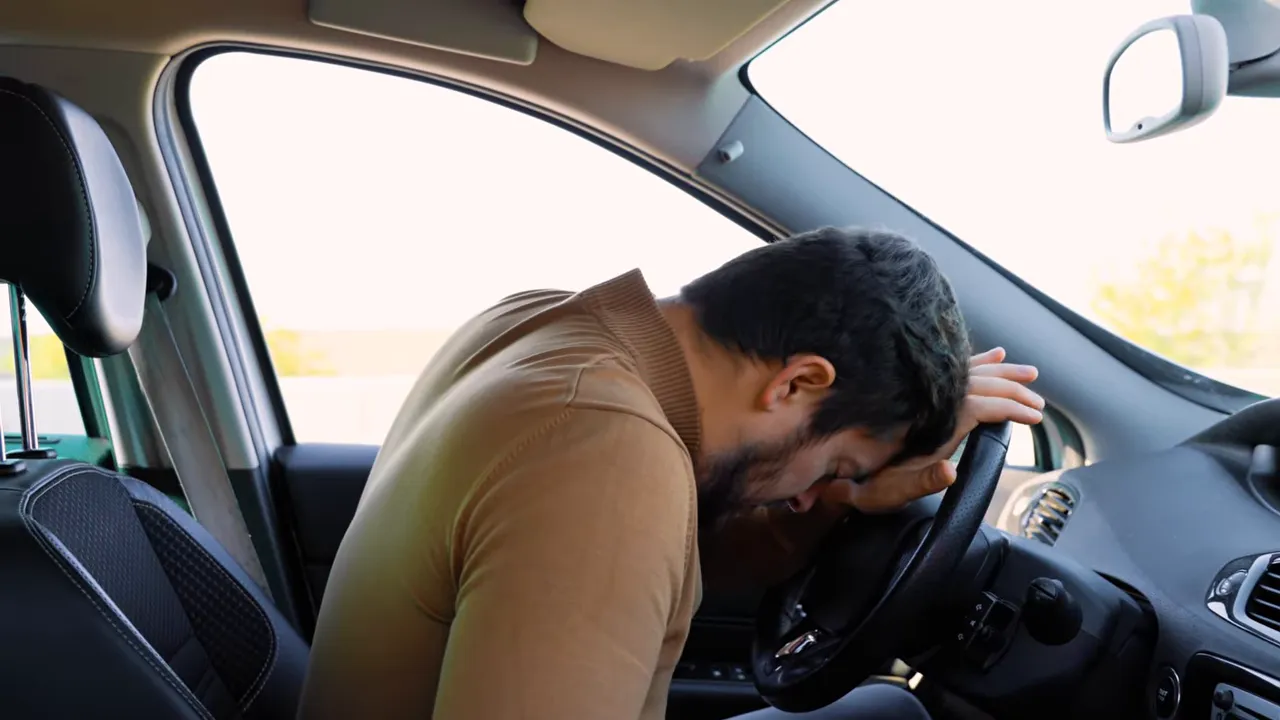
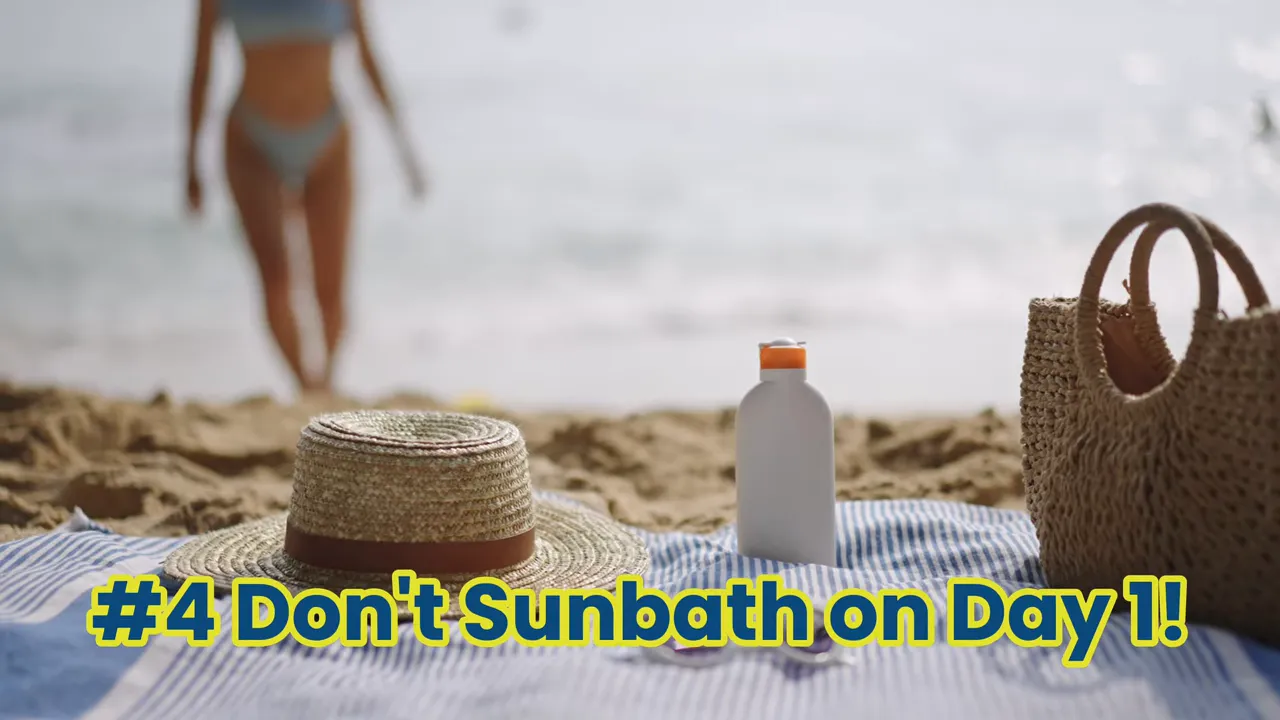
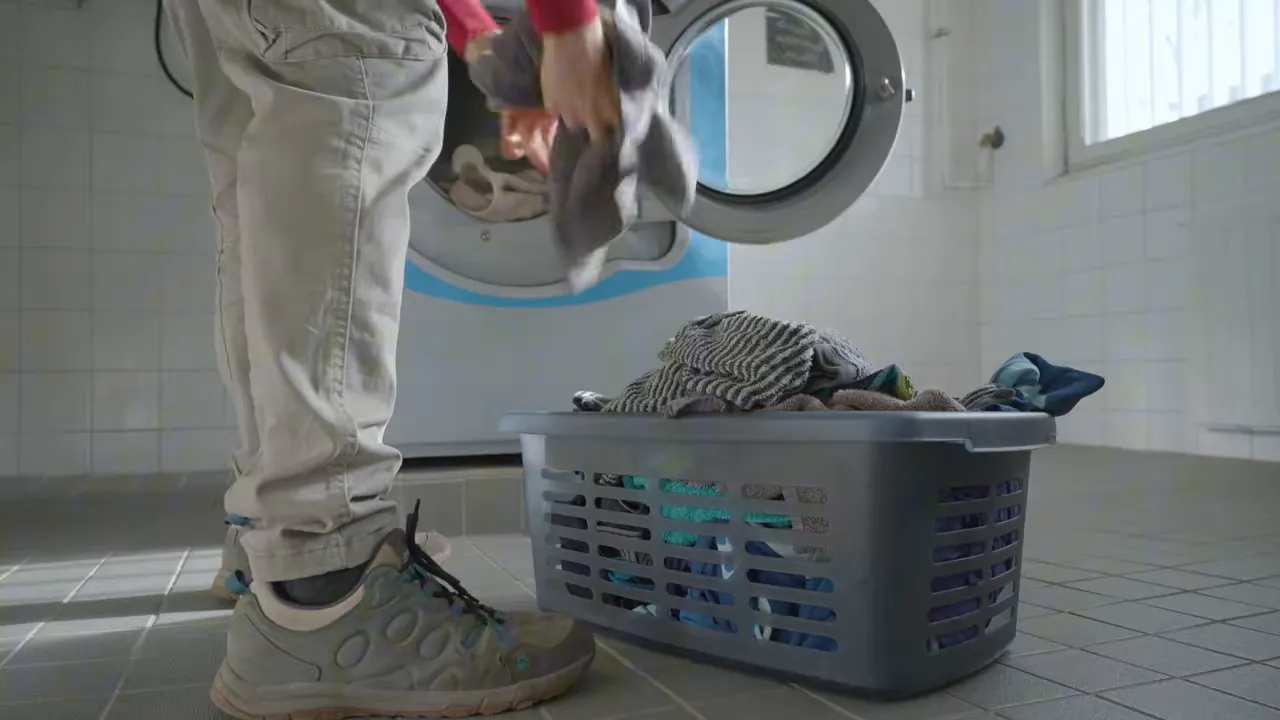
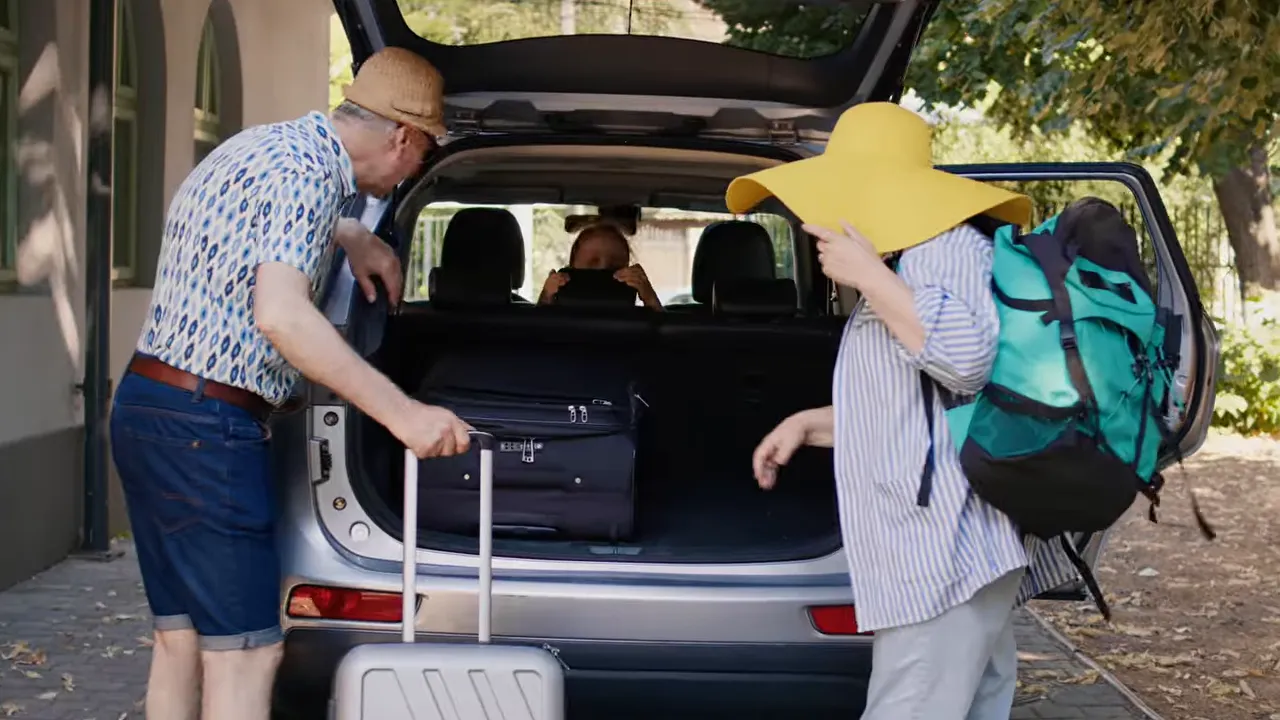
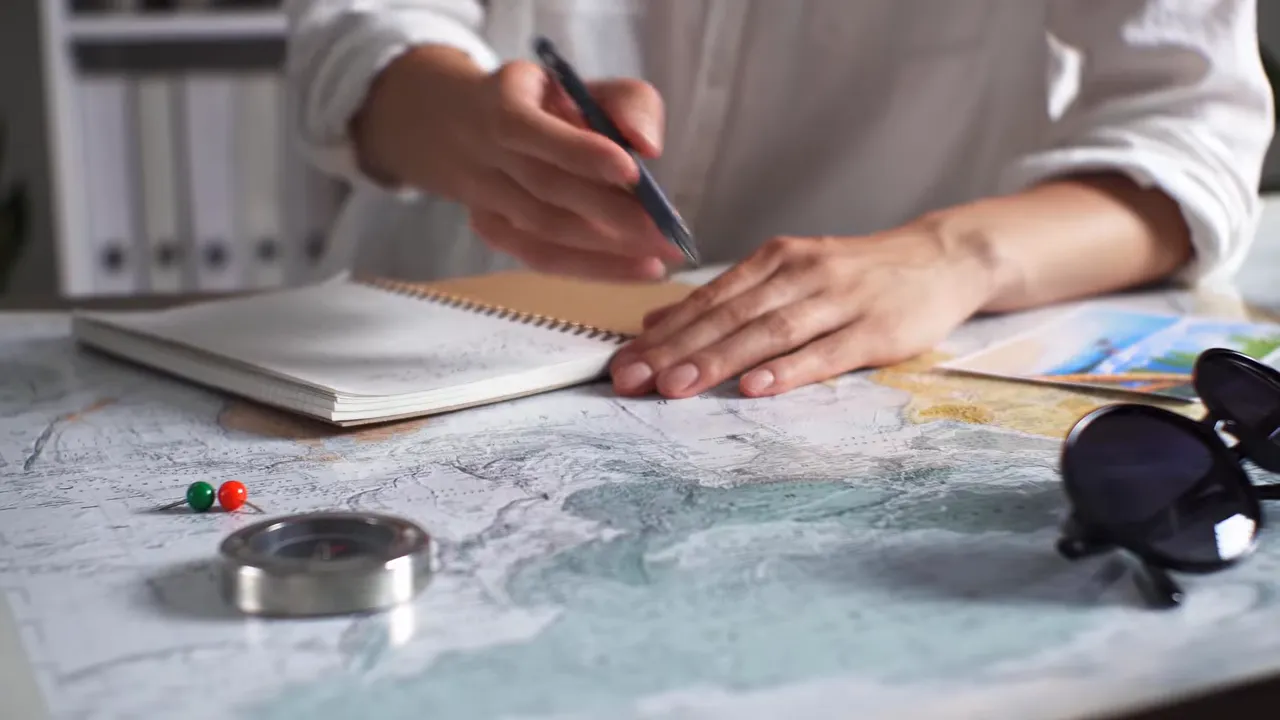


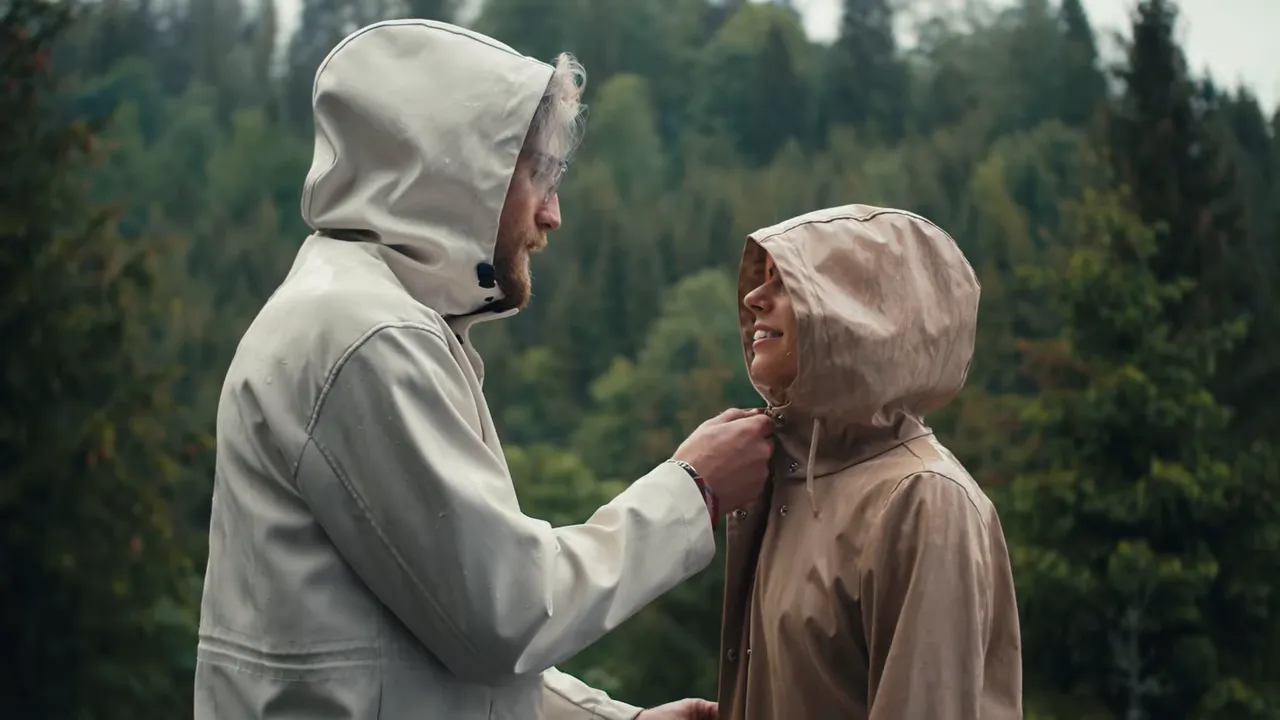
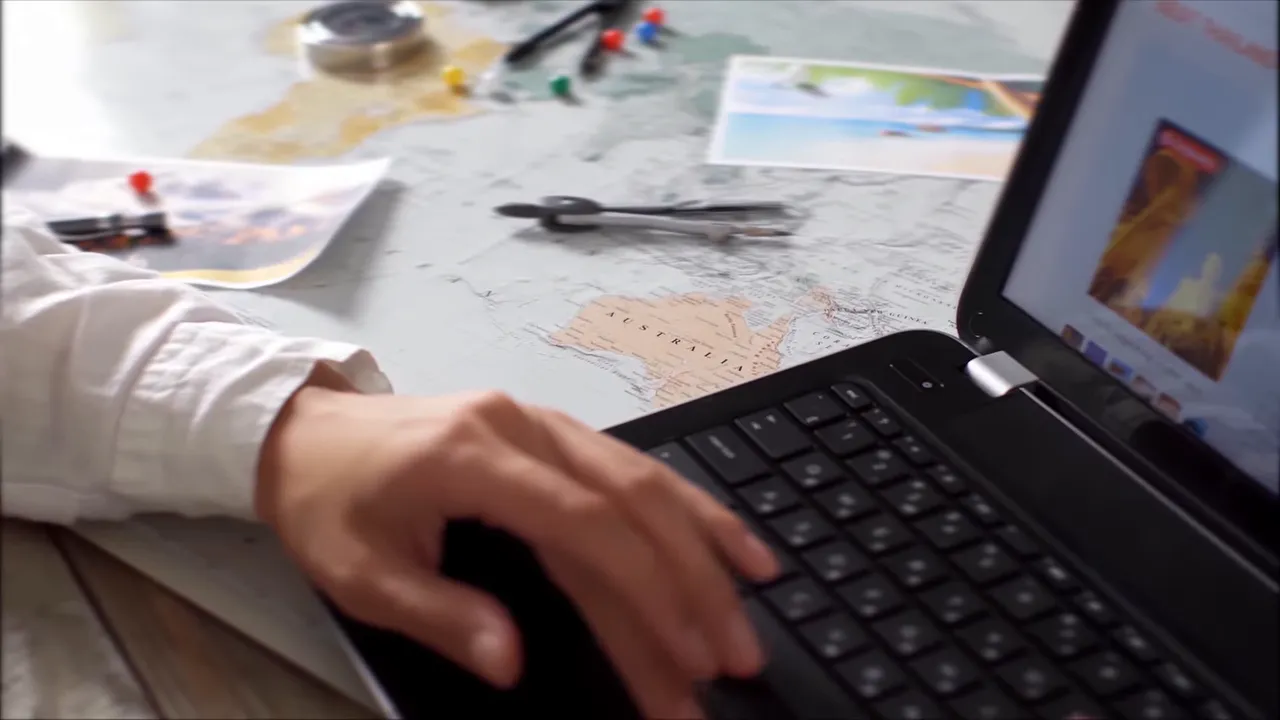
Leave a Reply